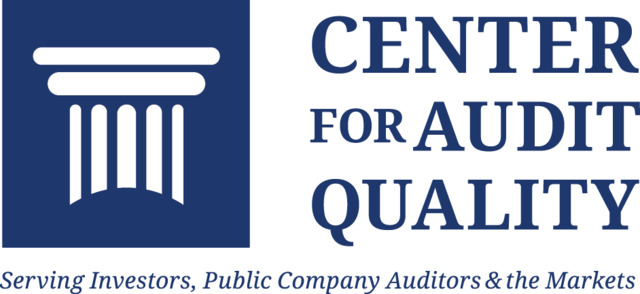Accounting
Audit Committee Responsibilities, Disclosures, Continue to Expand
The results of the 9th annual Audit Committee Transparency Barometer reflect a long-term positive trend of increased transparency in several areas by audit committee members.
Nov. 29, 2022

Audit committees are increasingly including disclosures about several key areas of oversight within public company proxy statements according to a new report from the Center for Audit Quality and Audit Analytics – an Ideagen solution. The results of the 9th annual Audit Committee Transparency Barometer reflect a long-term positive trend of increased transparency in several areas by audit committee members.
The report found several positive disclosure trends among the S&P 500. Among them, cybersecurity disclosures continue to increase year-over-year, consistent with expectations as cybersecurity threats grow. Fifty-four percent of the S&P 500 audit committees reported having responsibility for cyber risk oversight, an eight-percentage point increase since 2021. Given the rise in ESG reporting, the report also for the first time tracked disclosure of audit committee oversight related to environmental, social and governance (ESG). For S&P 500 companies, 39% of audit committees disclosed having an ESG or sustainability expert, while 18% of audit committees disclosed responsibility of oversight of ESG.
“Now in its ninth year, the Audit Committee Transparency Barometer continues to be a unique resource for audit committees and other market stakeholders,” said Michael Nohrden, VP Strategy Audit and Risk for Ideagen. “We are pleased to continue to partner with the CAQ in developing the only report with such comprehensive data across the S&P 1500 related to audit committee transparency.”
The report also identifies areas where audit committees can provide more tailored disclosures. While 71% of audit committees disclose auditor tenure in the proxy statement, only 9% disclose how the audit committee considers length of tenure when re-appointing the external auditor. And while 51% of audit committees disclose that they are involved in the selection of the audit engagement partner, few disclosed what their involvement in the selection of the audit engagement partner entails.

Thanks for reading CPA Practice Advisor!
Subscribe for free to get personalized daily content, newsletters, continuing education, podcasts, whitepapers and more...
Already registered? Login
Need more information? Read the FAQ's
“We know that audit committee disclosures are correlated with enhanced audit quality and auditor independence, and we’re pleased to observe a continued positive trend of these disclosures in proxy statements,” said Julie Bell Lindsay, Chief Executive Officer, CAQ. “We encourage audit committees to consider how they can provide even more detailed disclosures in areas such as the execution of oversight responsibility to give investors insight into the processes, considerations, and decisions made by the audit committee.”
Given the increasing scope of oversight, how audit committees manage and disclose these responsibilities is an important consideration in today’s environment. These considerations are discussed in a separate report developed by the CAQ and academic researchers at the University of Tennessee Knoxville’s Neel Corporate Governance Center and the Pamplin College of Business at Virginia Tech. Published in conjunction with the Barometer, “Audit Committee: The Kitchen Sink of the Board,” offers leading practices for audit committees, including how boards can effectively allocate oversight responsibilities to the audit committee, how audit committee members can keep up with an ever-evolving workload, and how audit committees can improve their disclosures related to their oversight responsibilities.
In a statement, the researchers from the University of Tennessee and Virginia Tech said, “Our study is based on 2,200 minutes of interviews with audit committee chairs or members as well as other stakeholders. Forty percent of audit committee members interviewed described their audit committees as the ‘kitchen sink’ of the board given their increasing scope and workload. Audit committees are an essential component to the health of our financial reporting ecosystem and capital markets. It’s vital that they have the tools and resources they need, including peer insights and leading practices, to play an effective role in oversight and, ultimately, investor protection. This report provides a step-by-step guide for audit committee members to provide ideas for managing this evolving workload and enhancing their disclosures.”
Review the reports, 2022 Audit Committee Transparency Barometer, here and Audit Committee: The Kitchen Sink of the Board, here.
